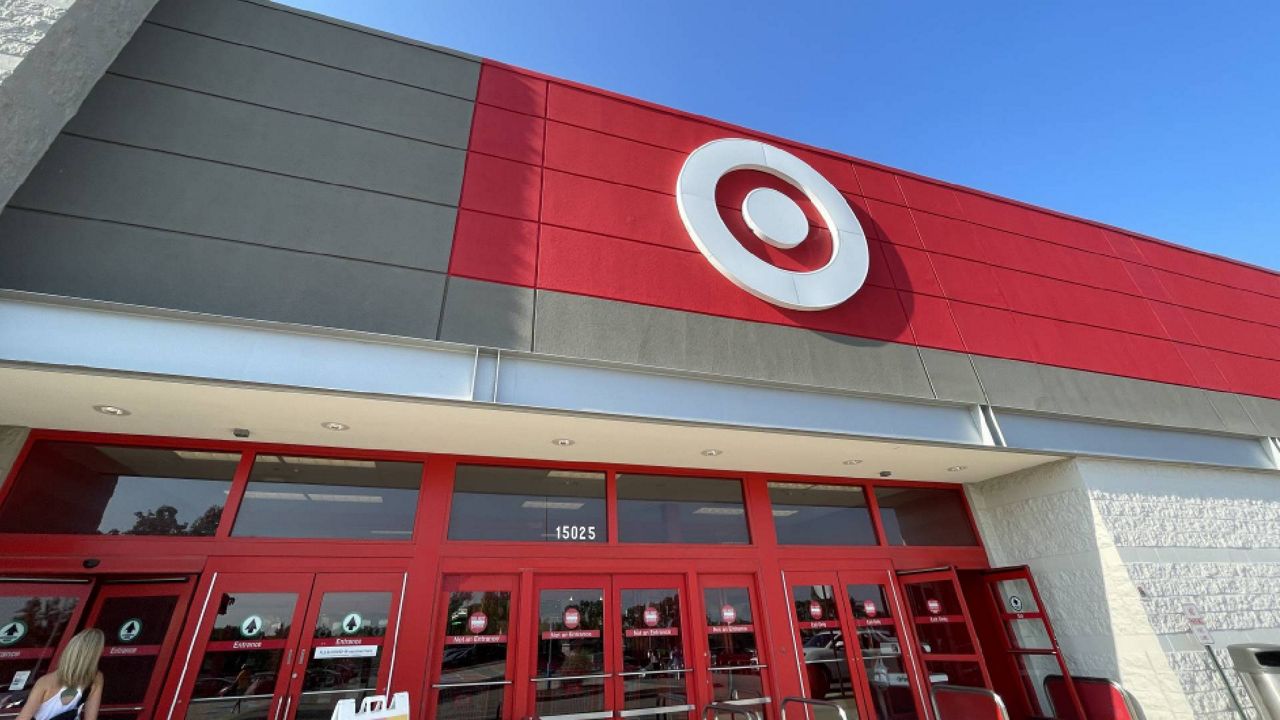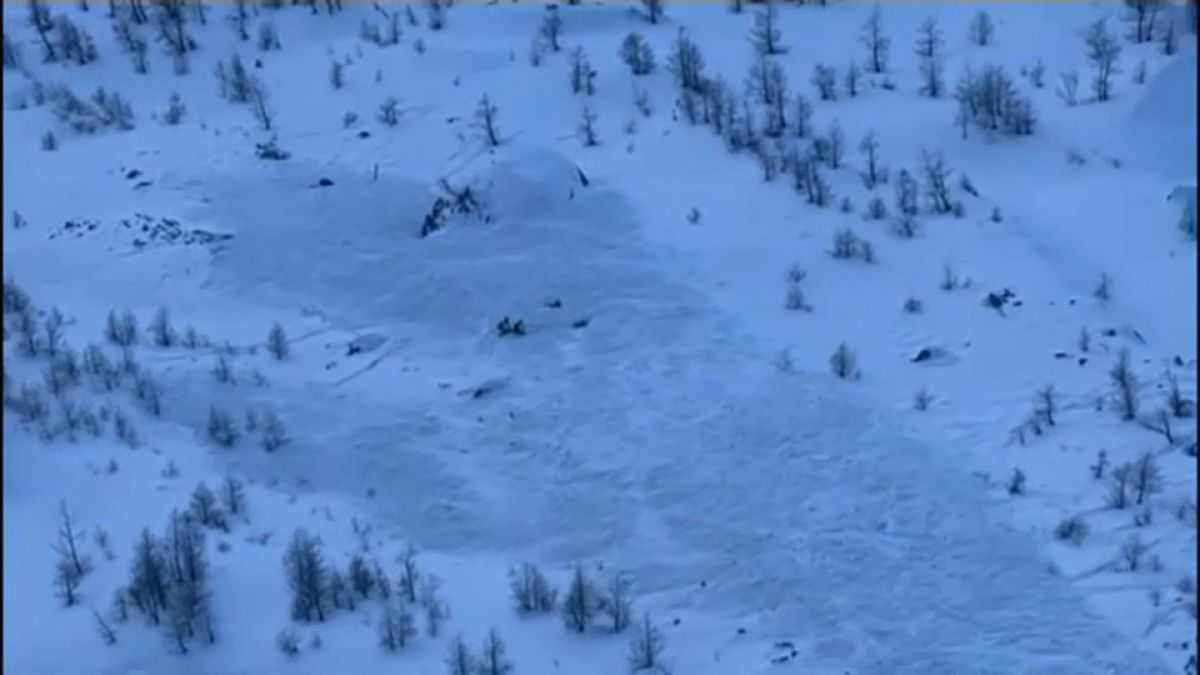Ian Martinez fell to the ground.
The Spectrum crowd leaped to its feet.
And the basketball danced for a while.
The front of the rim. The back of the rim, then the top of the backboard. The edge of the rim, back iron, glass and iron again.
Then, finally, it fell through the net.
Down two late against the Boise State Broncos, Martinez hit a 3-pointer and was fouled with 7.3 seconds to play. The senior completed the four-point play to give USU an 81-79 win on Saturday night.
“I have no words, it’s crazy,” Martinez said. “First of all, all the glory to God and to my teammates who have been keeping me up and confident. I haven’t been shooting the ball so great lately, so just coming in today and being able to make some shots to help the team win makes me really happy.
“Yeah, that last shot was crazy.”
Utah State’s run to this point has been pretty crazy, too.
The Aggies are on their third coach in as many years. But newcomer Jerrod Calhoun has the Aggies at No. 25 in the Associate Press poll and sitting at 16-1.
Martinez scored 18 points and helped fuel another Utah State come-from-behind victory. The Broncos went on a 9-0 run to start the second half and USU trailed by 13 at one point in the period.
Utah State battled back with the 3-ball. The Aggies made 11 of their 21 attempts on the night — going 7 of 8 from deep after intermission, including Martinez’s game-winner.
“I think it’s just what Utah State does,” Martinez said. “Even taking us back to last year, a lot of times toward the end when the game was really close, we were able to close out the game. It doesn’t matter who’s coaching the team or who’s playing, I feel like it’s just part of the culture. We’re just tough and we’re going to do whatever it takes to win the game.”
Deyton Albury (14), Drake Allen (13), Dexter Akanno (12) and Mason Falslev (10) also scored in double figures for USU.
“That’s as good of a college basketball game as you’ll find. Play after play, multiple guys,” Calhoun said. “Everybody’s going to talk about Ian’s shot, but the pass by Drake and the screen by KT (Karson Templin). Deyton Albury had big minutes, Dexter Akanno had big minutes, and Mason. This is a team in every sense, and it’s fun to be a part of. We’re going to look back on this as one of those really big moments inside the Spectrum.”
Forward Tyson Degenhart led Boise State with 22 points.
The Aggies are now 6-0 in Mountain West Conference play. Utah State next heads to Las Vegas to take on UNLV on Wednesday night.















/cdn.vox-cdn.com/uploads/chorus_asset/file/25822588/STK169_ZUCKERBERG_MAGA_STKS491_CVIRGINIA_B.jpg)














/cdn.vox-cdn.com/uploads/chorus_asset/file/25822586/STK169_ZUCKERBERG_MAGA_STKS491_CVIRGINIA_A.jpg)


